Think of your favorite fictional character, and try to describe why you like them in just a few words. Maybe they’re strong, friendly, and wise; or perhaps they’re honest, resourceful, and passionate — no matter what combination of characteristics it is, odds are you've identified something fundamental that makes their personality compelling.
Character traits describe a person’s personality and behavior. They can be good, like “kindness” and “loyalty,” or bad, like “rudeness” and “dishonesty.” Whether innate or learned, character traits influence how a person thinks, feels, and acts.
In this post, we’ll define what makes a character trait “good”, and explore 55 positive character traits (divided into five “parent” categories) that you can use to develop your own do-gooder characters. We’ll also look at some examples of beloved characters that embody each of these “parent” attributes, to give you a sense of how to write them yourself.
What are “good” character traits?
First things first: what makes a character trait “good”? This can be a difficult question to answer — readers will generally know a positive character trait when they see one, but grouping them all under one umbrella can be tricky.
Broadly speaking, a good character trait can refer to any of the following:
- A quality that promotes ethical decision-making, such as honesty;
- A quality that society deems useful or desirable, such as intelligence; or
- A quality that helps the character and others attain their goals, such as determination.
A good rule of thumb when considering whether a character trait is “positive” is to consider the effect it has on people around them. Does this trait in a character encourage others to act “better” themselves? A truly “good” trait will create a ripple effect of constructive behavior, fostering even more positivity in its wake.
Let’s dive deeper into some specific characteristics to get a better understanding of what makes a character trait “good”.
Character traits related to kindness
If someone asked you to think of a good character trait, odds are that “kindness” will be the first one that jumps to mind — and for good reason! We’ve all heard the phrase “treat others as you would like to be treated”; sometimes a small, random act of kindness from a friend (or stranger!) can make our day, and that same principle applies to creating fictional characters.
Here are 10 character traits related to kindness:
- Generosity
- Compassion
- Mercy
- Goodwill
- Grace
- Friendliness
- Gentleness
- Supportiveness
- Sensitivity
- Helpfulness
What makes kindness a good character trait?
Being kind is great in our day-to-day lives, but it doesn’t always translate to a more compelling character. However, while kindness may not mean much on its own, it can act as a foundation upon which to build an interesting character.
Think of it this way: anyone can be nice when it’s easy. Kindness only becomes a truly dynamic aspect of a character when it compels them to do something difficult, or even act against their own interests, for the sake of another. Watching someone sacrifice their own desires, hopes, or dreams for the greater good is a surefire way to get readers invested in their journey.
Kindness is great for morale too. If your protagonists are embarking on a long, arduous journey, having an ally to lighten the burden with small acts of care will go a long way. Speaking of which…
Example: Samwise Gamgee from The Lord of the Rings
A humble hobbit and friend of Frodo, Samwise Gamgee has found his way into the hearts of millions in large part thanks to his kindness. From the beginning, Sam pledges to stay by Frodo’s side not out of obligation, but genuine care for his friend.
Sam’s kindness doesn’t only endear him to readers — it’s also the foundation for his strength, both mental and physical. Sam carries Frodo when he's too weak to walk, shares his own food and water, and encourages Frodo not to give up hope in their darkest hour.
Additionally, when circumstances force Sam to become the Ring’s temporary bearer, he is still able to resist its temptations and willingly return it to Frodo. In other words, Sam’s purity of heart gives him the strength to suppress his desires and cast the Ring aside for the greater good.
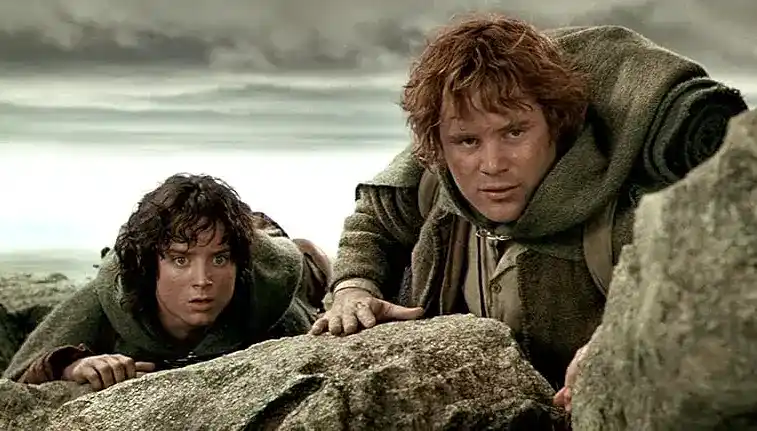
Sam and Frodo in The Lord of the Rings: The Two Towers. Image: New Line Cinema
Character traits related to loyalty
Sam’s kindness is far from his only positive character trait; his unwavering loyalty to Frodo is another characteristic that makes Sam beloved amongst fans. It’s hard not to like a loyal character — even the most nefarious sidekicks can worm their way into our favor if they remain loyal to their maleficent masters until the very end.
Here are 10 character traits related to loyalty:
- Reliability
- Devotion
- Commitment
- Accountability
- Trustworthiness
- Honesty
- Steadfastness
- Solidarity
- Protectiveness
- Integrity
What makes loyalty a good character trait?
Loyal characters are everywhere in fiction, but the clearest examples are the archetypal “Ride-or-Die” companions found in long-form fantasy epics — think of our friend Samwise, or Zoro from the hit manga One Piece.
These characters not only provide a shoulder for the protagonist to lean on when times get tough, but also act as an all-important voice of reason. By offering guidance rooted in the protagonist's best interests, they become a powerful narrative device that allows authors to introduce challenging information and insights.
Of course, loyalty is a two-way street — a valiant hero should be just as loyal to their trusty companion. Deep loyalty can elevate a simple friendship into a unique connection born out of mutual trust and respect; this dynamic is especially satisfying if the two characters started off wary of one another, but grow to rely on and care for one another over the course of the story.
Conversely, having a villain cast aside their most loyal subordinate is a great way to endear your readers to the recently-double-crossed lackey — because it crushes that seemingly-sacred bond of loyalty.
Example: Han Solo and Chewbacca from Star Wars
Han Solo and Chewbacca may not start out as a ride-or-die companions, but they undoubtedly end up that way. Their dynamic is mostly transactional at first — Han saves Chewbacca from slavery, and in exchange, Chewbacca becomes Han's co-pilot, binding himself to Han through a Wookiee life debt.
Over time, though, their relationship evolves from a purely practical arrangement into a genuine friendship. The pair eventually plays a critical role in securing victory for the rebel alliance, but their success wouldn’t have been possible without their unwavering loyalty to one another.
The Star Wars saga also gives us a nice inversion of this trope with the relationship between Emperor Palpatine and Darth Vader. Vader is steadfastly loyal to Palpatine, but this loyalty is not reciprocated — an imbalance that ultimately costs Palpatine his life after Vader shifts his allegiance to his son, Luke Skywalker.

Character traits related to emotional intelligence
Emotional connection is another important building block for effective character writing. If you’re aiming to create gripping character dynamics, your characters need to understand and empathize with the struggles of one another — that’s where emotional intelligence comes in.
Here are 10 character traits related to emotional intelligence:
- Understanding
- Empathy
- Nonjudgment
- Attentiveness
- Perceptiveness
- Diplomacy
- Acceptance
- Thoughtfulness
- Maturity
- Self-awareness
What makes emotional intelligence a good character trait?
Emotional intelligence goes beyond simple kindness. While the two are related, they are distinct characteristics that have different implications for characterization. Kindness typically refers to a character’s tendency to prioritize the well-being of those around them, while emotional intelligence is more complex, relating to a deeper understanding of people.
Also, truly emotionally intelligent characters go beyond just understanding others — they also need to understand themselves! They should be able to recognize their own perspective, biases, and emotional patterns, and use that information to come to a nuanced conclusion.
Example: Iroh from Avatar: The Last Airbender
Iroh’s emotional intelligence comes from a deep understanding of his own character and experiences. Iroh was once a feared Fire Nation General, but after the death of his son during a military campaign, he was forced to reckon with the harm his actions caused. When he realizes his nephew, Zuko, is in danger of walking the same path of destruction, Iroh begins gently steering him towards self-discovery and acceptance.
After being physically scarred and banished from his home, young Zuko is angry, erratic, and prone to lashing out. Fortunately, his Uncle Iroh sees that the pain driving Zuko’s volatile behavior stems from his deep-rooted desire for love, and tactfully navigates his nephew’s complex emotional outbursts.
When Zuko is at his most angry and misguided, Iroh doesn't condemn him, but instead helps him understand his own emotional patterns and seek a more positive — even heroic! — path.
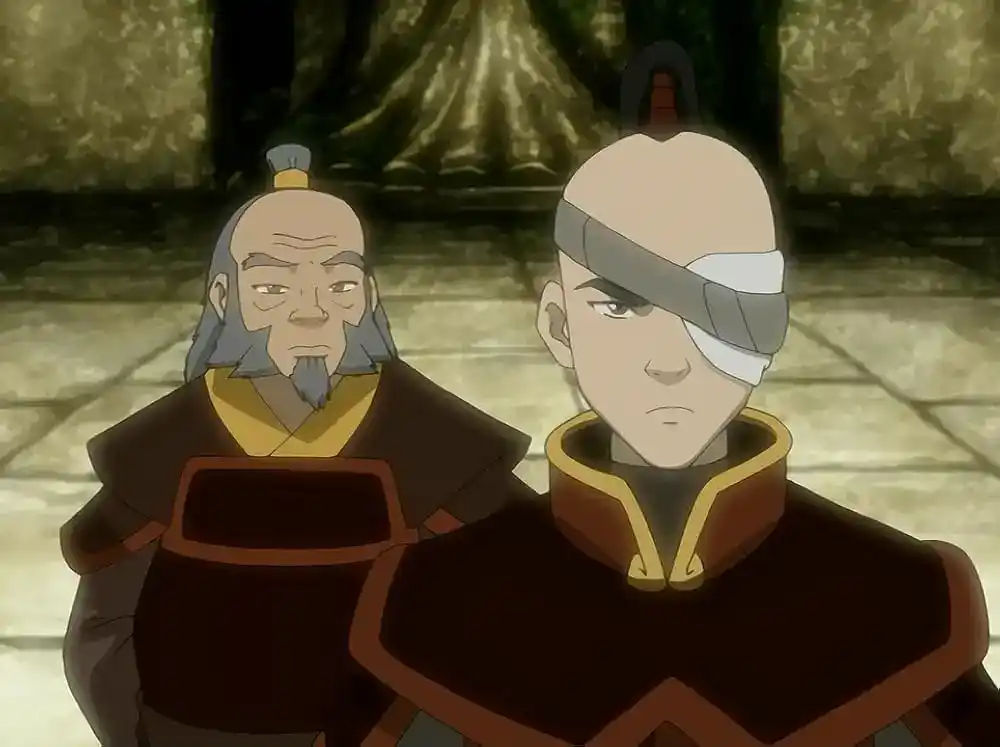
Iroh and Zuko. Image: Nickelodeon
Character traits related to bravery
From old Greek tales of the mighty Hercules to modern blockbusters like The Hunger Games, stories of courageous characters facing impossible odds have been celebrated for centuries. Readers admire characters that are able to show strength in the face of adversity — which is why you, too, may wish to incorporate such traits in our own character(s).
Here are 10 character traits related to bravery:
- Boldness
- Determination
- Resilience
- Passion
- Fearlessness
- Confidence
- Resolve
- Audacity
- Tenacity
- Composure
What makes bravery a good character trait?
Brave characters capture readers' imaginations because they take action when meeker characters might freeze or flee. This makes them easy to root for and creates organic forward momentum in your story.
It’s important to note that brave characters don’t always seem brave at first. In fact, a brave character is often most compelling when their courage is buried beneath the surface, only manifesting in the most dire of circumstances!
Bravery is also contagious; an especially courageous character can act as a catalyst for their more timid companions, encouraging them to find their own strength deep within. As such, brave characters often make for engaging protagonists to root for, or mentors who inspire growth in others.
Example: Mulan from Mulan
One of China’s most resourceful warriors, Mulan is a fantastic example of bravery in action. Mulan’s courage is on display right from the get-go when she resolves to take her father’s place in the imperial army. Her actions could have fatal consequences if she’s caught, but her love for her father brings her latent courage to the surface.
Mulan’s brave exploits continue into the film’s dramatic midpoint, where she risks her life in an attempt to wipe out the villainous Hun Army. Then, in her final decisive battle with Shan Yu, Mulan’s bravery inspires her fellow soldiers to follow her lead — even in the face of overwhelming danger.
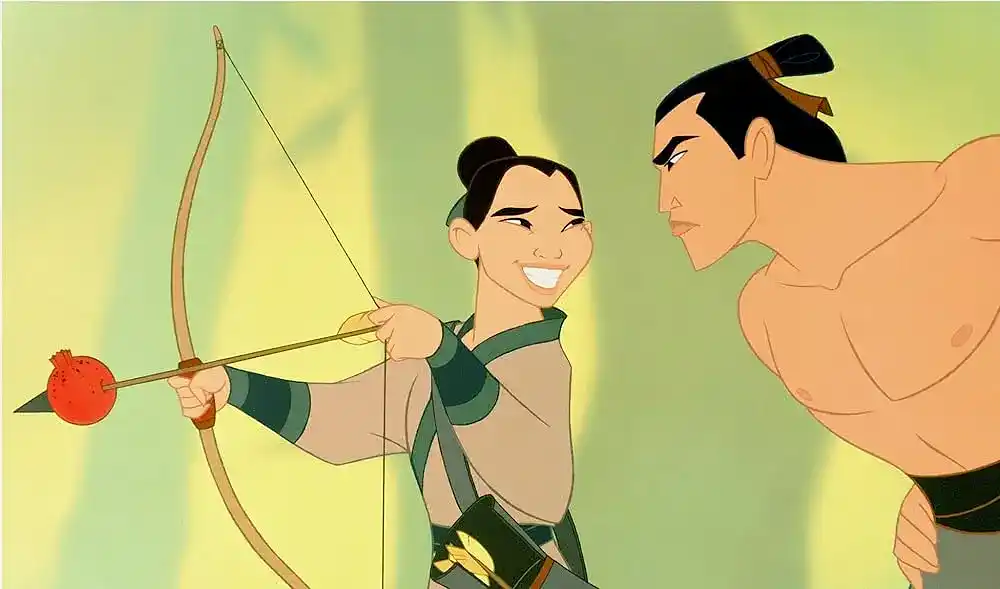
Bravery doesn’t necessarily translate to marksmanship. Image: Disney Studios

Meet some of the world's best editors today.
The best professionals are already on Reedsy. Sign up now to request free quotes.
Character traits related to humor
So far, we’ve mainly focused on good character traits that make a character more three-dimensional. So for our final “parent” characteristic, let’s take a look at a trait that makes someone simply likable: humor! Not only do comedic chops go a long way in making a character endearing, they also signal that this character has a unique perspective on the world.
Here are 10 character traits related to humor:
- Irreverence
- Mischievousness
- Optimism
- Charisma
- Enthusiasm
- Energeticness
- Imaginativeness
- Whimsy
- Boisterousness
- Spontaneity
What makes humor a good character trait?
To get a better understanding of what makes humor a positive character trait, let's examine a classic Shakespearean archetype: the "Fool".
By using clever wit to disguise their cutting social commentary, the Fool is able to speak freely without consequence. After all, it’s unbecoming of a King to get riled up by the ravings of a Fool — which is exactly what makes these funny characters so compelling (along with their witty dialogue, of course!)
Comedic characters also serve a useful role as tension-breakers. Keeping a character in your cast to crack some jokes will help you lighten the tone after a particularly dramatic or serious scene.
Alternatively, if you really want your story to take a left turn into the tragic, eliminating your comedic relief is a great way to… cut the funny business (ba-dum-tss). Whichever way you decide to go, including a humorous character in your story gives you a unique tool to utilize in both lighthearted and serious situations according to your needs.
Example: Tyrion Lannister from Game of Thrones
As the youngest child of Tywin, a dwarf, and born to a mother who died during childbirth, Tyrion Lannister has the odds stacked against him in the titular Game of Thrones. However, his lowly status amongst the Westeros elite puts him in the perfect position to play the Fool.
Tyrion’s tongue is as sharp as any sword, and he wields it to great effect by speaking uncomfortable truths to those in power. He challenges his father’s hypocrisy, points out his sister’s failures, and mocks Joffrey’s detestable cruelty — commentary that would have cost most others their heads.
Tyrion’s humor also serves as an all-important source of levity throughout the series’ darkest moments. Amidst all the violence and deadly political intrigue, Tyrion’s penchant for sarcasm provides the show with some much needed comic relief.
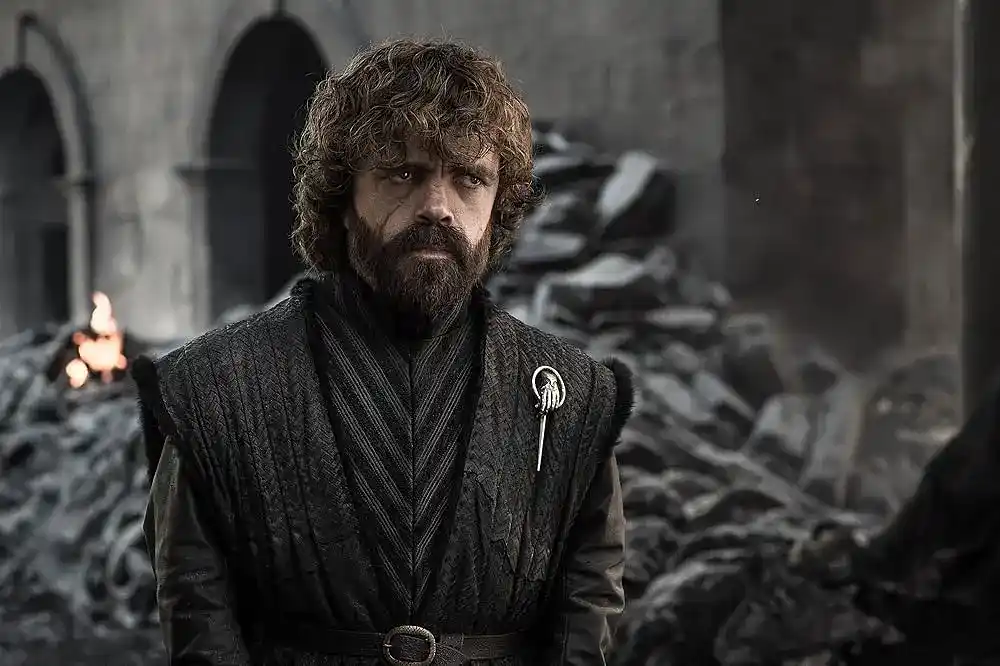
The “Giant” of Lannister. Image: HBO
There you have it: 55 positive traits you can use to write complex, endearing characters. By incorporating some of these attributes, you can create characters that inspire, entertain, and connect with your readers. Take a page out of Mulan’s book — be brave, and get writing!
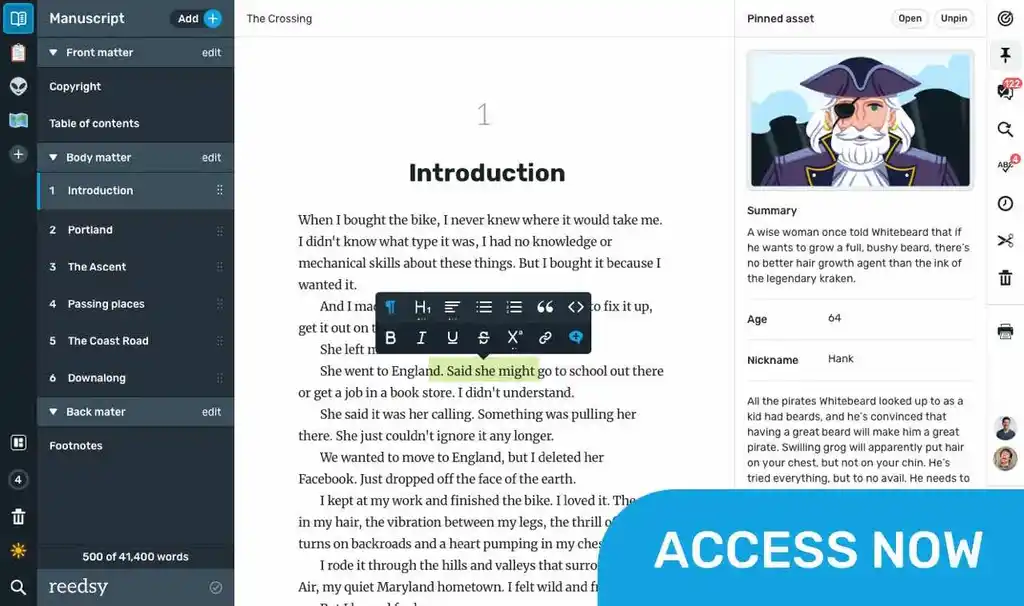






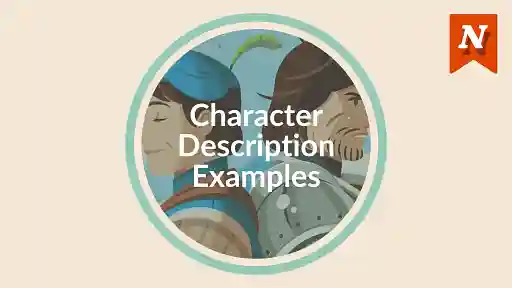



You should name this post: "How to be a good person."
Jack Spade - About 7 years ago
Thanks for the suggestion, Jack :)
Bridget At Now Novel - About 7 years ago
Not a book but my favorite "save the kitten" scene is from Sea of Love. Pacino has run a setup and arrested a boat-load of bad guys with open warrants. One late arrival shows up with his kid and Pacino waves him off with a "catch you later," warning. That, perfectly written, scene perfectly introduces us to Pacino's character in situ.
Elias Mc Clellan - About 7 years ago
Thanks for the interesting example, Elias. And of course Pacino is one of the greats when it comes to characterization.
Bridget At Now Novel - About 7 years ago